Green roofs on downtown office buildings
It's becoming increasingly more common to hear of record breaking weather patterns from rainfall, snowfall, or most commonly, high temperatures. On those hot smoggy days, urban centres with dark roofs absorb that heat, often overwhelming our electrical grid with demands for cooling.
It wasn't that long ago that green roofs were a novelty, and the only person you knew that had one was your neighbour's crazy second cousin. That's not the case anymore, as many building ideas previously regarded as obscure and whacky are making it into mainstream construction.
Green roofs really started to take off commercially in April 2000, under the direction of Chicago Mayor Richard Daley. His fervour and determination for turning Chicago roofs into public green space earned him a measurable amount of legitimate criticism, but in this case it's hard not to think the end justified the means.
The project started with a 38,800 square foot green roof twelve stories in the air covering an entire city block, which now saves $5000 annually on utility bills. Twelve years after that project, Chicago now boasts 7 million square feet of green roof space, with many other cities following suit.
New York has picked up the trend and the Con Edison Learning Centre in Queens has estimated that since replacing their previous black roof with a living green roof, they've saved 34% of heat loss in winter, and have reduced summer heat gain by 84%.
Though a green roof can be double the price of a conventional flat roof, they will usually last 3 times longer, so right there they are economically sensible. On top of those savings, buildings will unquestionably see reduced annual utility costs for heating and cooling.
Green roofs provide natural storm water filtering and storage, offering a hidden subsidy for cities from reduced sewer and water filtration, a savings that can easily be transferred back to developers in the form of tax incentives.
The city of Toronto has legislation coming into effect April 30, 2012 that will require all residential, commercial and institutional buildings over 2000 square metres to provide between 20 and 60% living roofs, giving it the distinction of being the first city in North America to mandate green roofs.
Along with all those financial benefits, what is priceless is the effect on the environment and human quality of life. Downtown real estate does not come cheap, and that is generally reflected in the lack of green space.
Green roofs contribute to cleaner air, cleaner water, and become a sanctuary for people, birds and insects in an otherwise polluted, concrete and asphalt environment.
Now you know about the benefits of a green roof, learn more about growing food at home, composting, and other easy lifestyle changes to reduce your environmental footprint in these pages :
Find more about green home construction in the Ecohome Green Building Guide pages, and learn about the benefits of a free Ecohome Network Membership here. |




















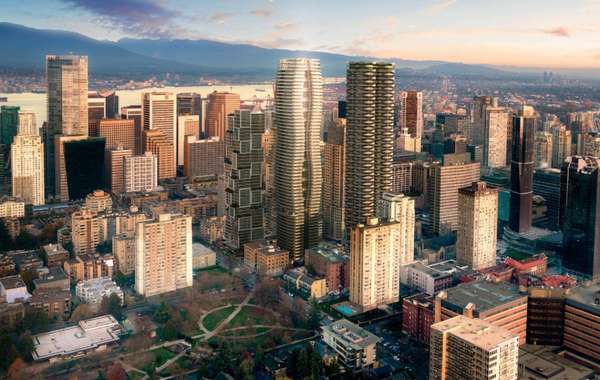
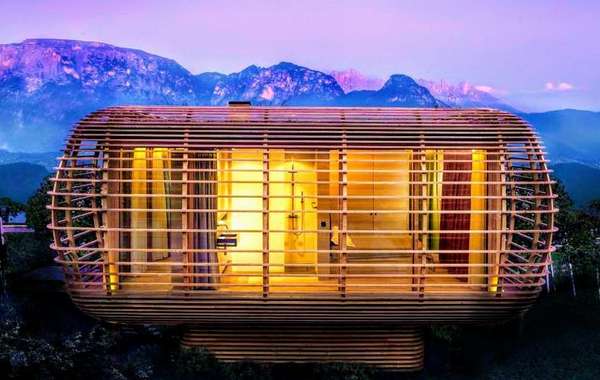

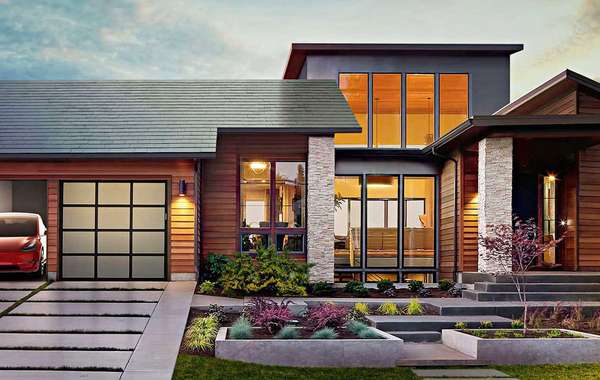
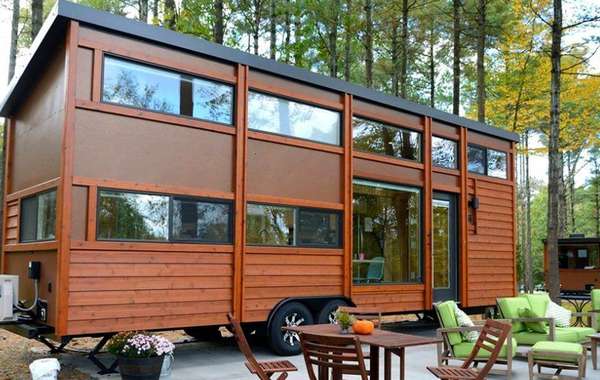
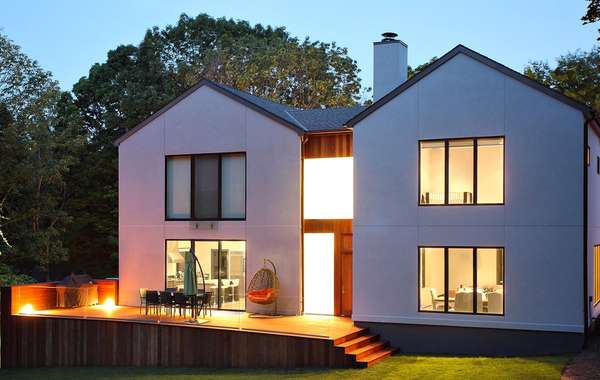
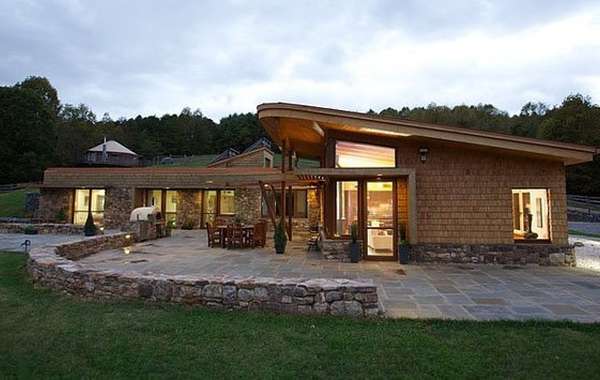
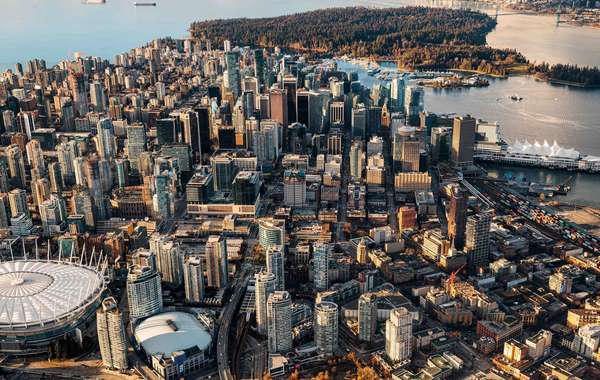

This is GREAT!!!! :D :D Good to know...